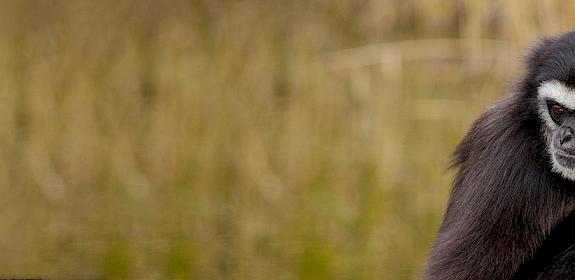Unveiling Japan's Owl Trade: Volume, Diversity, and Conservation Implications
New research carried out by Monitor, TRAFFIC Japan/WWF Japan and Copenhagen Zoo provides an in-depth overview of the volumes and species of owls found in a selection of Japanese pet stores and cafés, based on two physical surveys, an online survey, and an analysis of import data.
Japan has emerged as the largest importer of live owls globally, with these iconic birds becoming increasingly popular as pets and featuring prominently in animal cafés. Their popularity is largely attributed to demand for supposed healing powers (iyashi) of owls, and for their cuteness appeal, locally known as kawaii.
Japan is also among the largest consumer countries of exotic pets. Despite several studies addressing the welfare concerns of Japan’s famed ‘owl cafés’, the broader implications of the nation’s owl trade for conservation have remained largely unexplored—until now.
Our latest research provides an in-depth overview of the numbers and species of owls found in a selection of Japanese pet stores and cafés, based on two physical surveys, an online survey, and an analysis of import data. In the course of the study, we discovered 1914 owls from 49 species across a total of 92 establishments, with import records showing that species variety has highly increased over time. Of the 49 recorded species, 90% were non-native to Japan.
The top 3 most frequently recorded owls were the Common Barn Owl Tyto alba, White-faced Owl sp. Ptilopsis leucotis/granti and Tawny Owl Strix aluco. Two Near Threatened species (Barred Eagle-owl Bubo sumatranus and Chaco Owl Strix chacoensis) and one Vulnerable species (Snowy Owl Bubo scandiacus) were recorded.
We also documented 17 seizures involving 62 owls of a minimum of 8 species between 2012 and 2021. While the vast majority of these seizures were made in Japan, one was made in the Philippines, and another in Thailand.
While most owls in Japanese pet stores and cafés are likely of captive-bred origin, tracing their trade histories and verifying the legality of parent stock is challenging. Monitoring efforts are further complicated by gaps in international trade data, species mislabeling, selective breeding, and the use of outdated taxonomy.
Study lead author Boyd Leupen, highlights the urgent need for better regulation and oversight to protect these incredible creatures and promote sustainable trade practices:
In the vast expanse of the Japanese market, rigorous oversight of the owl trade isn't just important—it's essential to ensure that this delicate balance between legality and sustainability is upheld."
Boyd Leupen, Monitor Conservation Research Society
Our study results are indicative of the high number of owls found in Japanese pet stores and cafés and of a steady increase in the number of imported owl species over time. Continued monitoring of this trend is needed, along with a reliable traceability system detailing the trade history of the owls in the market and changing consumer attitudes towards owl interaction and ownership.
Live owls in Japanese pet stores and cafés: Volumes, species, and impediments to effective trade monitoring by Boyd T.C. Leupen, Kay Wakao, Yoko Asakawa, James A. Eaton and Simon Bruslund was published in the Journal of Asia-Pacific Biodiversity.





